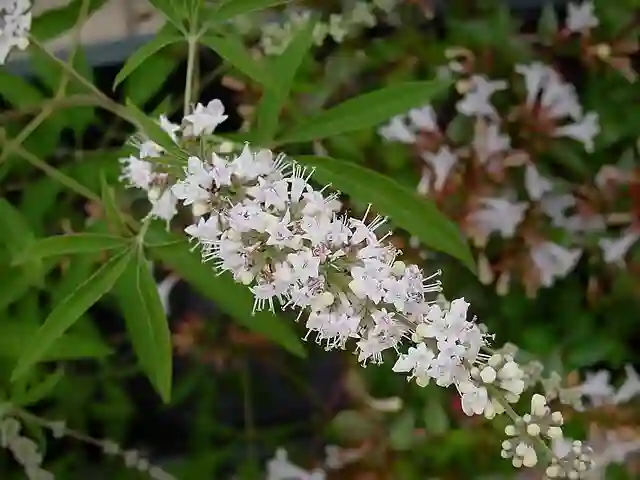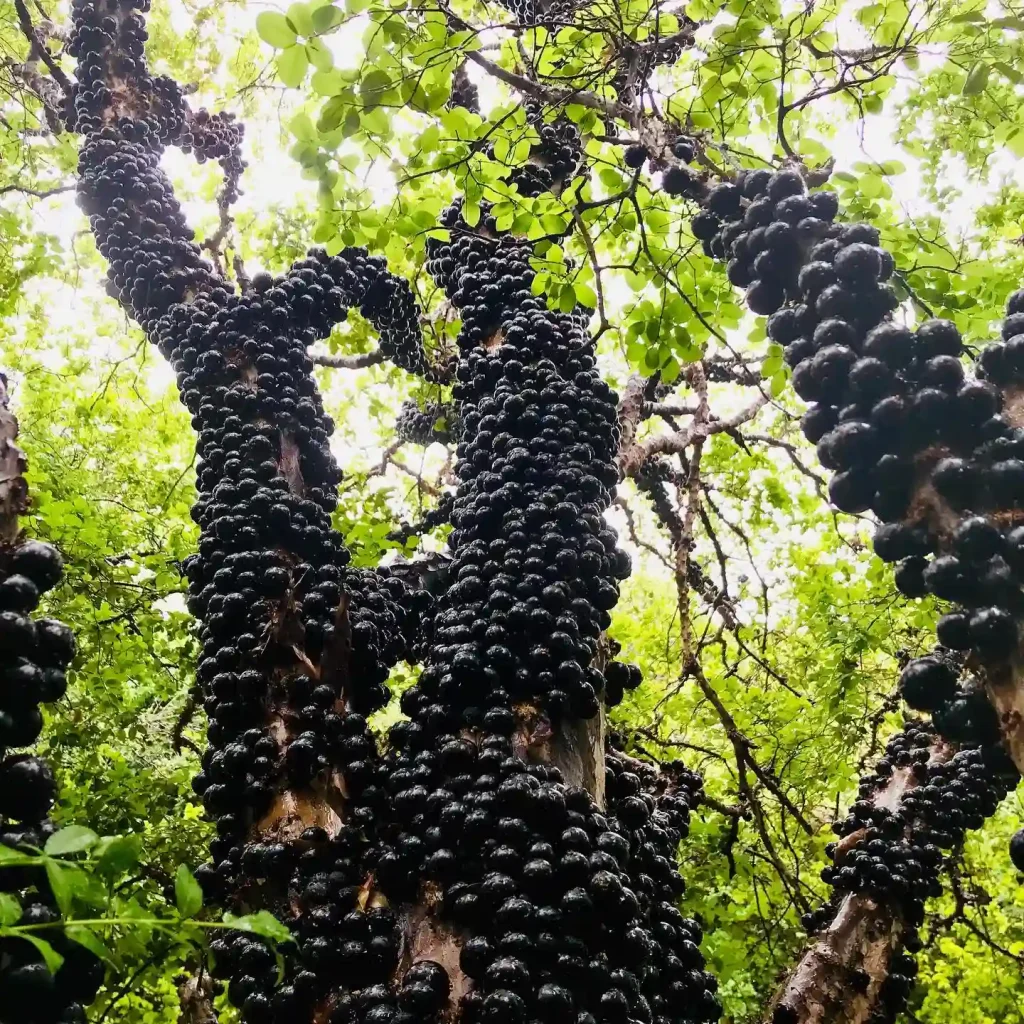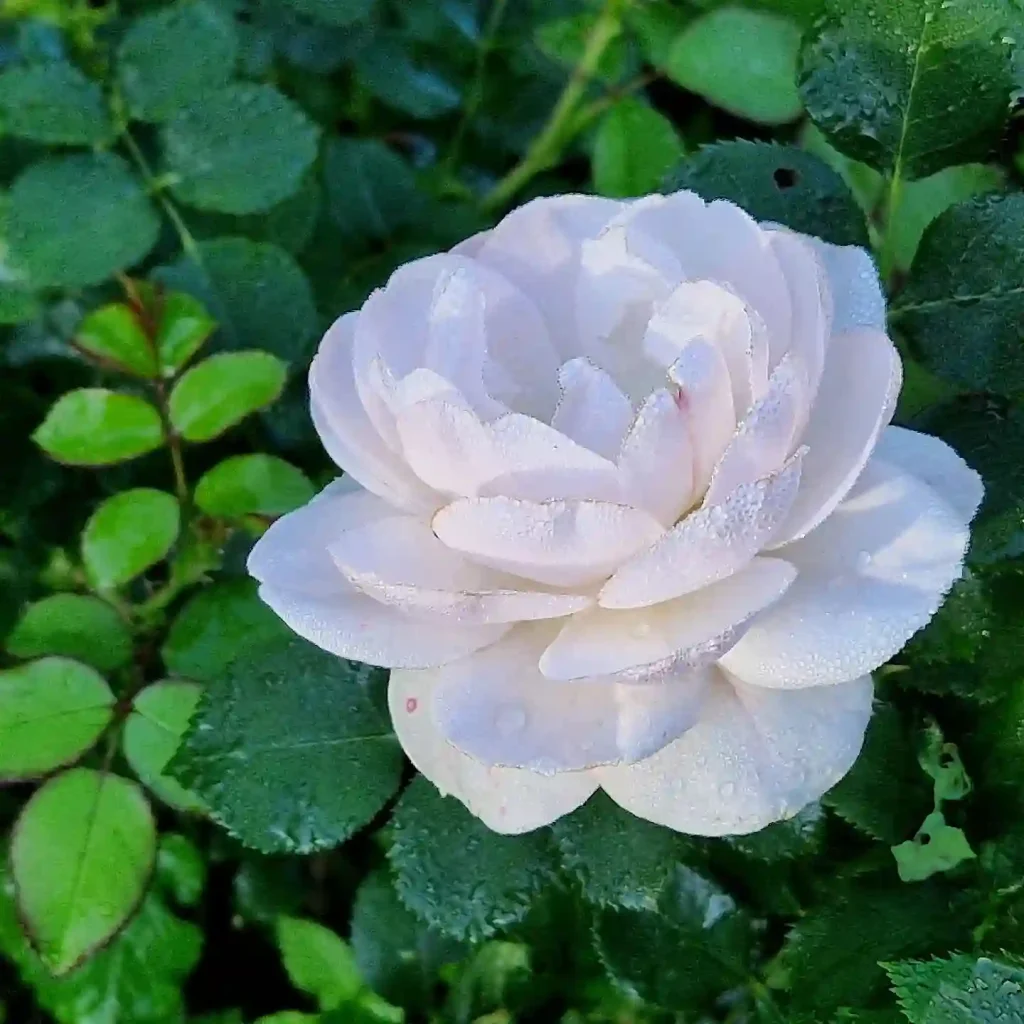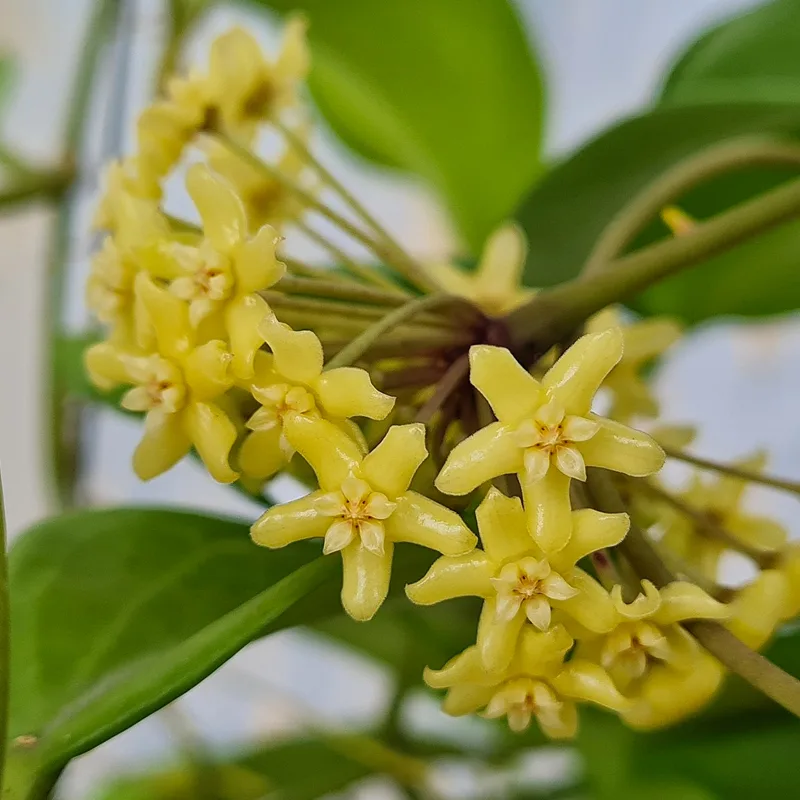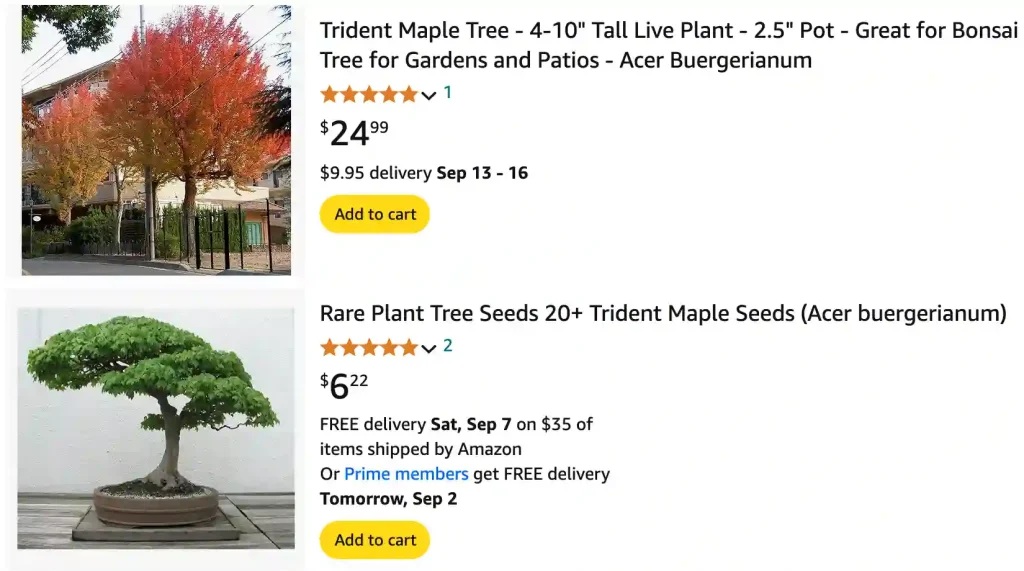
Acer Buergerianum: A Comprehensive FAQ Guide
As an avid plant enthusiast, I’ve often found myself intrigued by the Acer Buergerianum, commonly known as the Trident Maple. This beautiful tree offers a unique aesthetic with its distinctive trifoliate leaves and brilliant fall color. Here’s a comprehensive guide answering frequently asked questions about this fascinating plant.
168 Species in Genus Acer – Maple Tree
What is Acer Buergerianum?
Acer Buergerianum, or Trident Maple, is a deciduous tree native to China, Japan, and Korea. It gets its name from the three-lobed leaves, which resemble the shape of a trident. This tree is known for its attractive foliage that turns vibrant shades of red, orange, and yellow in the fall. The bark is another notable feature; it peels away in thin strips, adding texture and interest to the landscape year-round.
How to Care for Acer Buergerianum?
Caring for Acer Buergerianum is relatively straightforward, but there are key aspects to ensure its optimal health:
- Sunlight: The Trident Maple thrives in full sun to partial shade. It needs at least four hours of direct sunlight daily for the best growth and color.
- Soil: It prefers well-drained, loamy soil with a slightly acidic to neutral pH. Good drainage is crucial to prevent root rot.
- Watering: Regular watering is important, especially during dry spells. Keep the soil consistently moist but not waterlogged.
- Fertilizing: A balanced, slow-release fertilizer applied in early spring can help promote healthy growth.
- Pruning: Light pruning in late winter or early spring can help maintain its shape and remove any dead or damaged branches.
How to Propagate Acer Buergerianum?
Propagation of Acer Buergerianum is commonly done through:
- Seeds: Collect seeds from mature trees in the fall. Stratify them in a cold environment for about three months before planting. Sow the seeds in a well-draining medium and keep them moist until they germinate.
- Cuttings: Softwood cuttings taken in late spring or early summer can also be used. Dip the cuttings in rooting hormone and plant them in a moist, well-draining soil mix.
What to Plant With Acer Buergerianum?
Acer Buergerianum pairs well with a variety of other plants:
- Evergreens: To provide year-round interest, consider planting it alongside evergreens like Japanese Holly or Arborvitae.
- Perennials: Companion plants such as hostas, astilbes, and ferns can add texture and color.
- Ground Covers: Creeping Jenny or hosta can offer a contrasting ground cover that complements the tree’s vibrant fall colors.
Is Acer Buergerianum Toxic?
Acer Buergerianum is non-toxic to pets and humans. Unlike some other plants, it does not pose any known health risks if ingested. This makes it a safe choice for gardens where children or pets might be present.
Benefits of Acer Buergerianum
The Trident Maple offers several benefits:
- Aesthetic Appeal: Its trifoliate leaves and colorful fall foliage make it a visually striking addition to any garden.
- Bark Texture: The peeling bark adds seasonal interest and texture to the landscape.
- Compact Size: It’s a smaller maple compared to others, making it suitable for smaller gardens or urban environments.
Common Problems
Despite its many virtues, Acer Buergerianum can face some issues:
- Leaf Spot: Fungal diseases can cause spots on the leaves. Ensure proper spacing for airflow and avoid overhead watering to reduce the risk.
- Scale Insects: These pests can cause yellowing of leaves and reduce the tree’s vigor. Regular inspection and appropriate insecticides can manage this issue.
- Root Rot: Overly wet soil can lead to root rot. Ensure good drainage to prevent this problem.
Compare With Other Similar Trees
Comparing Acer Buergerianum to other maple varieties can help in choosing the right one for your garden:
- Acer Palmatum (Japanese Maple): While both have stunning fall colors, Japanese Maples typically have more delicate foliage and can require more meticulous care. Trident Maples are generally more tolerant of different soil conditions.
- Acer Rubrum (Red Maple): Red Maples are larger and can grow in a wider range of conditions but lack the distinct trifoliate leaves of the Trident Maple.
- Acer Saccharum (Sugar Maple): Sugar Maples are larger and primarily valued for their syrup production. They also have a longer maturation period compared to the Trident Maple.
In conclusion, Acer Buergerianum, or Trident Maple, is a beautiful and adaptable tree that can enhance any garden with its vibrant foliage and interesting bark. By following proper care guidelines and considering its compatibility with other plants, you can enjoy its beauty and benefits for years to come.
If i die, water my plants!
